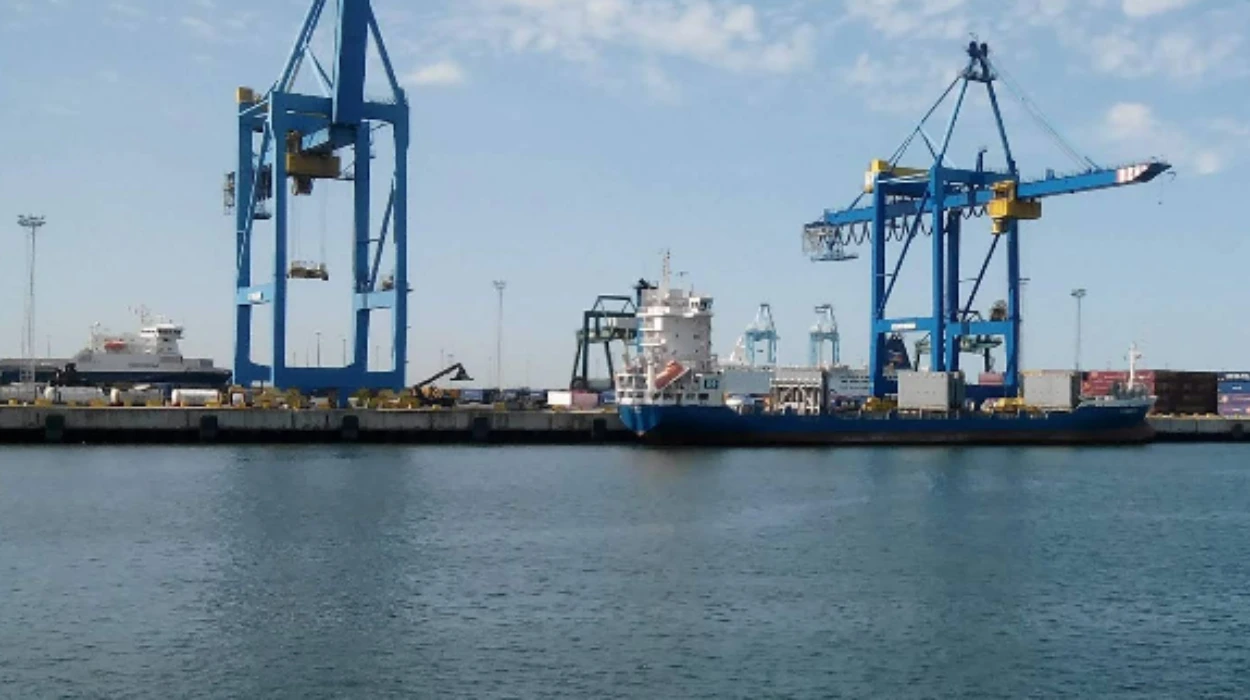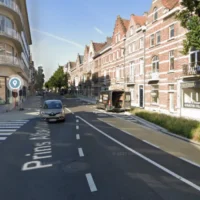Zeebrugge (Brussels Morning Newspaper) – Zeebrugge port, led by Rob Meets, began an €18M shore power project for cruise ships, cutting emissions by 5%, funded partly by the EU and Flanders, which will be completed in 2027.
As VRT News reported, construction work has begun in the port of Zeebrugge, a part of Bruges in Belgium, on a new facility for shore power for cruise ships. The systems will connect the ship directly to the local grid, so they will not need to allow their diesel engines to run at ‘dockside’ when moored.
At the Swedish quay, where most cruise ships dock, those engines are still used to generate power and account for about 5% of the total CO₂ emissions from all ships moored in Zeebrugge and Antwerp.
The project also prepares the port for European rules that will require shore power in all cruise terminals by 2030.
“That is one reason for the investment, but we also want the port to play a part in the global climate transition,”
said Rob Meets of the Port of Antwerp-Bruges.
What will Zeebrugge’s €18M Shore Power project mean for cruise emissions?
The shore power project in Zeebrugge is a significant financial investment to decrease emissions from cruise ships. The project is expected to have an overall budget of €18 million, and part of this budget will be offset by grants from the European Union and Flanders.
The facility is scheduled to be ready by 2027 and will make it possible for 2 large cruise ships to connect to the local grid at the same time. A movable charging arm will link the vessels to the system, while a new high-voltage substation will be installed on the quay to provide the necessary power. The port authority says this step will help prepare Zeebrugge for future rules and create a more sustainable way of handling cruise traffic.
Plans are also being developed for more improvements in the cruise zone. A second shore power installation is under consideration, and a new terminal building will be built to improve services for passengers. The detailed design still has to be prepared, and officials expect it will take at least 5 years before the new terminal is ready.
“We also consciously chose a beautiful cruise terminal that integrates into the surrounding area, so that it becomes an attractive entity for the residents of Zeebrugge. This way, we can give something back to the neighbourhood,”
says Rob Smeets of the Port of Antwerp-Bruges.
Shore power 1st appeared in commercial shipping in the early 2000s when ports in North America, such as Los Angeles in 2004 and Vancouver in 2009, introduced the system to cut emissions from cruise ships.
In Europe, Gothenburg launched its first shore power link for ships in 2000, followed by Hamburg in 2016 and Oslo in 2019. These early projects were backed by local climate goals and later supported by European Union funding. The EU decided in 2021 that all major cruise and container ports must have shore power by 2030, making the technology a central part of Europe’s green shipping strategy.



